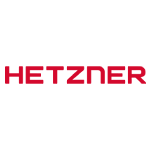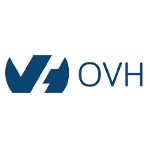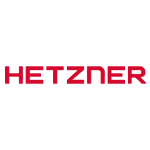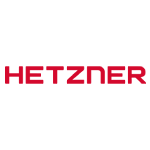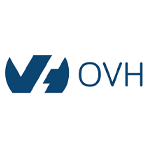Can I run heavy transformations inside n8n?
For big CPU jobs (image/video/ML), call an external microservice and let n8n orchestrate. Keep workflows responsive by using async patterns, batching, and sensible timeouts/retries.
For big CPU jobs (image/video/ML), call an external microservice and let n8n orchestrate. Keep workflows responsive by using async patterns, batching, and sensible timeouts/retries.
Nightly Postgres dumps plus weekly full snapshots of the n8n volume and proxy configs. Follow 3-2-1 (3 copies, 2 media, 1 off-site), encrypt backups, and test restores monthly.
Nginx and Caddy are both solid. Terminate TLS at the proxy, enable HTTP/2, HSTS, and rate limiting for webhooks. Keep n8n listening internally; expose only 80/443.
Host in the EU (e.g., Germany), log access, minimize stored PII, add retention policies, and encrypt data at rest/in transit. Document data flows and provide export/delete workflows for data subjects.
Yes. Run queue mode with Redis and multiple worker containers. Keep a single Postgres for state, scale workers up/down, and monitor queue depth and execution latency.
Set a strong N8N_ENCRYPTION_KEY, keep it offline, and store API keys in Credentials, not inside nodes. Protect the editor behind HTTPS, basic auth/RBAC, and optionally IP allowlists or VPN.
Use PostgreSQL for production. SQLite is fine for demos, but it can bottleneck under concurrency. Postgres enables safe scaling (queue mode, multiple workers) and reliable backups.
Startups and light workloads run well on a VPS (e.g., 4–8 vCPU, 16 GB RAM). Move to a dedicated server when you need predictable CPU/RAM/IO, higher concurrency, strict compliance, or enterprise SLAs.
MikroTik VPS hosting is ideal for ISPs, hosting companies, and businesses that need reliable routing, secure VPNs, and cost-effective bandwidth management in a flexible cloud setup.

